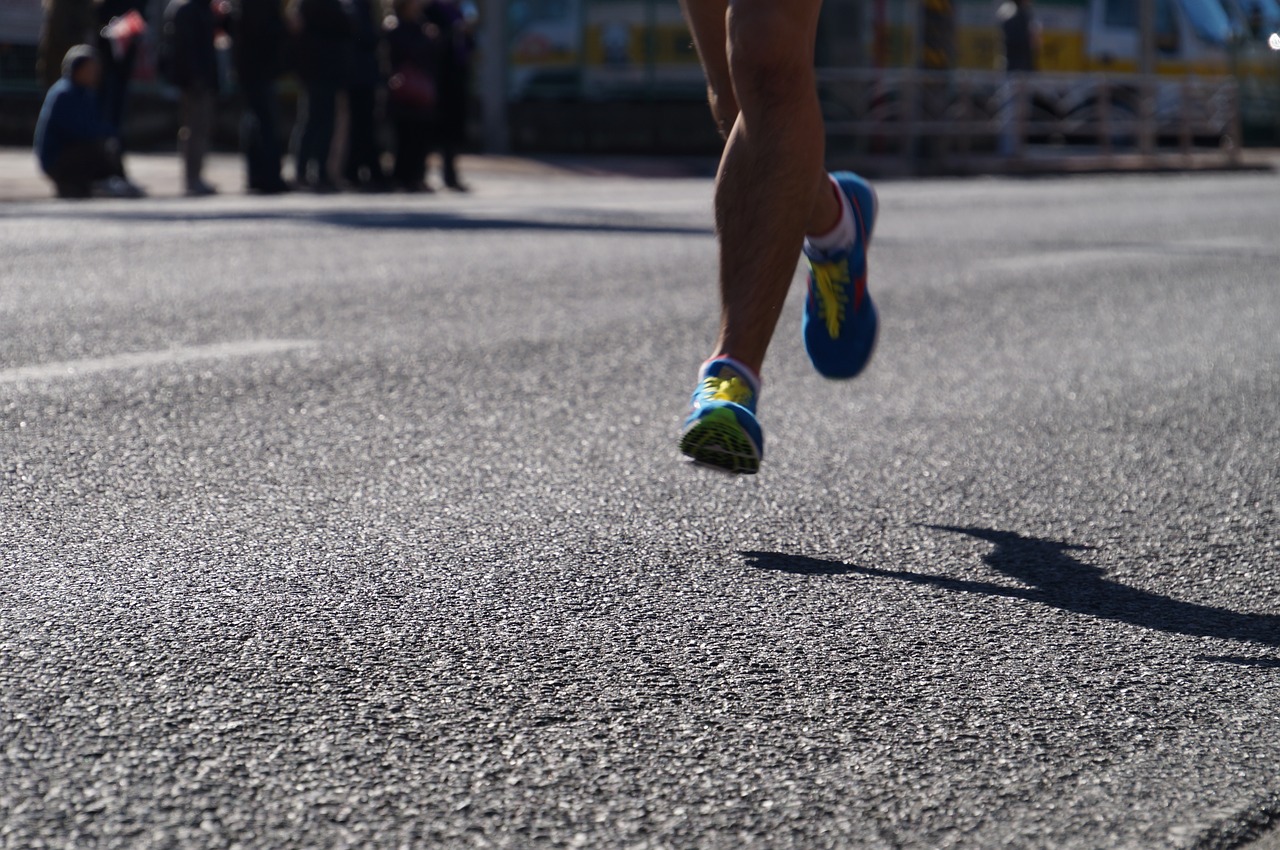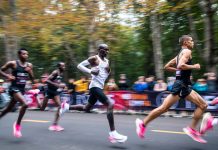Training doesn’t just have to take place on a track. If you’re hoping to take your running game to new levels, you may wish to start running in the city too. While urban running is a fun and engaging pastime, it can also be a dangerous one. Keep yourself safe with these helpful tips:
Plot your route first
It may sound like obvious advice but you wouldn’t believe the number of runners who forget this simple thing. Plotting out the safest, quietest route means that you won’t get in harm’s way when you take a run. A running map tool, such as MapMyRun, will help you to create a unique route that avoids any danger zones.

Be sure to avoid areas that have a lot of traffic and routes that involve crossing multiple roads. In particularly busy cities, these obstacles could be very hazardous, not to mention the fact that they will make your run more challenging than it needs to be.
Make yourself stand out
Another way to keep yourself safe is to ensure that you stand out so other runners, pedestrians, and especially drivers can see you. Wearing high-visibility or reflective clothing is a given. However, you should also make sure that you have extras, such as a headlamp too.
While you can’t control how safely people drive, you can control whether they see you, which gives them more time to respond to your presence.
Get the right gear
Be aware that you may need different running gear when you train in the city. Before you head out for your first city jog, equip yourself with helpful aids that support your body on the hard asphalt and cement terrains of roads and sidewalks.
High-impact contact with road running can wreak havoc your knees in the long-term. Consider wearing an orthotic aid if you have had knee or IT band issues before; orthoses may include IT band straps, knee sleeves, or insoles for your shoes that offer a high level of shock absorption while running. Taking these types of precautionary measures can help protect your body against potential injury.
Carry the basics with you
As a runner, you may prefer not to carry things on your person. That’s perfectly understandable, however, in an urban setting, there are some things that you may need. Taking these essentials will help you should the unexpected happen:
-
Medical information – You could carry a physical medical card or just use a medical ID app on your phone. Should you have any medical conditions or allergies, make sure that they are clearly highlighted in case of emergency.
-
Personal ID – You never know when you may need some form of ID, and so you should take one with you on each run. Your passport, driver’s license, or national ID card should do the trick.
-
Cash – While you don’t want to weigh yourself down with unnecessary things, it’s always a smart move to have some spare change on you. You may need to buy emergency water or get a quick cab home. Cover all bases.















